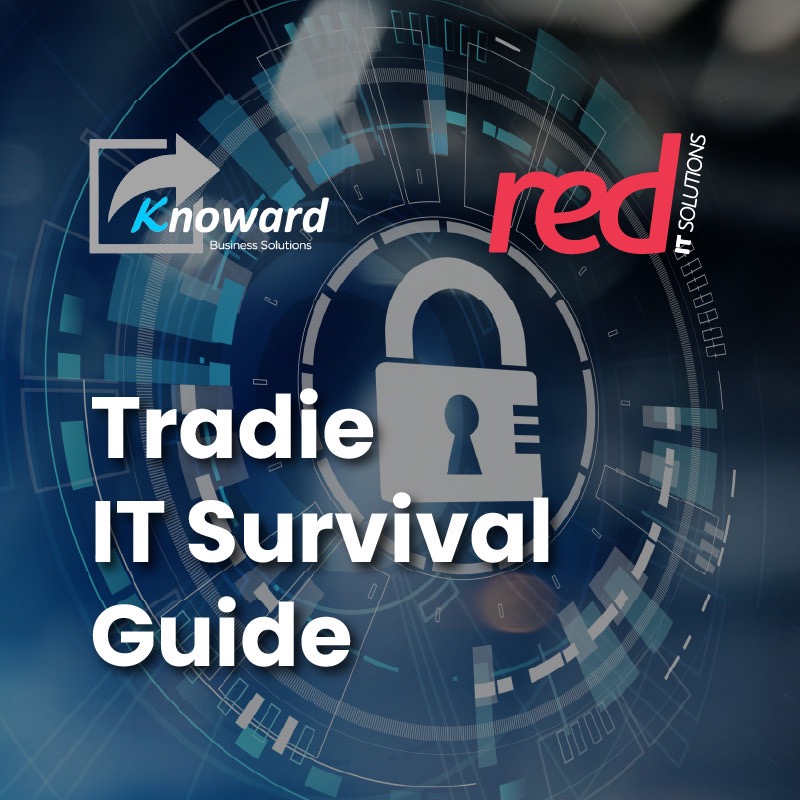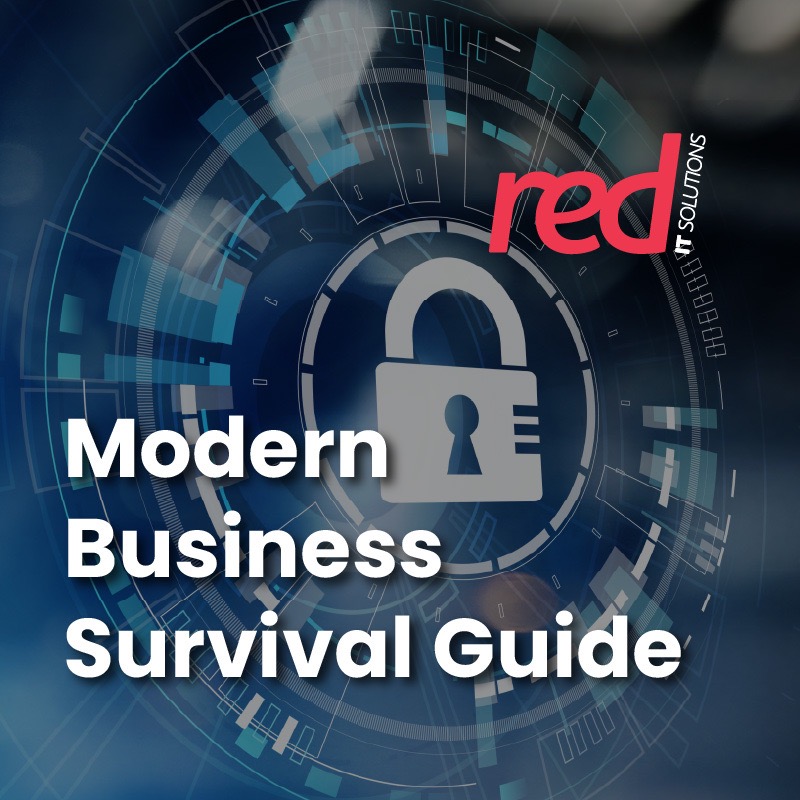Nowadays, businesses rely heavily on IT systems no matter how big or small it is. So, it is only vital and natural for you to ensure that these systems are up and running while avoiding threats and attacks that might compromise your operations and breach valuable data leading to costly fixes and even suits.
However, the cyber world is ever-changing and there was virtually no system in the world that was designed completely invulnerable to cyber assaults. Yet there are necessary steps to be taken to bolster your business’s IT security and reduce the chances of being breached by a major attack for a good amount of time.
In this guide, we’ll run down the tasks you must accomplish in doing a cybersecurity checkup for your business. We’ll also get you familiarized with the Australian Cybersecurity Centre’s (ASCS) Essential 8 Cyber Security Maturity Model and the Australian Signals Directorate’s (ASD) Cyber Skills Framework which could provide hefty insights for you and your enterprise and make sure you don’t miss any box on your cyber security checklist.
Why is it important to assess your business’s cyber security?
We can’t answer this question without reiterating that the cyber world is a fast-changing landscape and so were the threats. So, it is imperative for you to strengthen the IT systems that you and your business rely on. In the cyber world, any small infractions in your system can go on and eventually take down everything with it as hackers and attackers constantly find ways in this always-developing field. You can’t let a small hole unpatched when it comes to cyber security or risk yourself going down the rabbit hole.
What are cyber threats?
In plain dictionary definitions, these are any possibility of a malicious or damaging attempt and act to disrupt a computer network or system.
Through such attacks, hackers could gain unauthorized access or even control the vital aspects of your network that has to do with your business. Not only it can damage your own enterprise, but it could also endanger your customers and clients and have them vulnerable to such attacks as well and these include identity theft, cyber fraud, and scam. Beware, because here in Australia, if proven that your business has something to do with endangering third-party info, you are at risk of prosecution and subject to costly legal fees!
Below are the most common cybersecurity attacks that your system might be at risk from:
- Data Breaches (cases where confidential information was stolen from an organization)
- Phishing (a scheme wherein internet users are tricked into using fraudulent sites that appear to be legitimate)
- Malware (commonly known as “computer virus”, malicious software that aims to destroy a system or be used to acquire confidential information from a system)
- Ransomware (malware that encrypts a system’s data and gain access to it while disabling user’s own control with it unless they pay some amount of “ransom”)
- Password Compromise (a scheme where attackers use passwords obtained through other attacks and use it to target vulnerable systems and gain complete access)
When should you perform a cyber security risk assessment?
For us, the best time to do it is when you are at the beginning stages of planning and developing your cybertechnology systems. Doing it early on will save you a lot with the costs rather than implementing such measures when your system is already up and running.
Also, we cannot stress enough how the IT sector could change at a moment’s notice thus signaling a new wave of threats and challenges to your network. Granted that you have your systems online, any day is a good day to conduct a risk assessment.
How should you do a cyber security checkup?
Obviously, we cannot list everything that you should do here, but here’s a quick rundown of everything you must do:
- Check your existing system and determine its effectiveness
In this process, you must identify all your IT systems, services, and application you use in your business. Next is to look for where your data is stored and identify how secure are your implements when it comes to data storage. It is also important to know who has access to it and how they access it.
- Identify threats that could affect your systems and your business
Determine what kind of system you use and look out for those who use similar implements and know what attacks and incidents impacted them before. This way, you can be fully aware of your network’s weaknesses and vulnerabilities and have them addressed accordingly.
- Rate possible impacts of each threat
This is to understand how you should prepare accordingly in addressing each risk. Through this, you can efficiently allot resources to what needs to be done first and mitigate high-priority risks without shutting all channels of your system.
- Use assessment frameworks
There are lots of frameworks that exist to address cybersecurity concerns, but here in Australia, we recommend checking out ACSC’s and ASD’s frameworks in addressing and eliminating potential risks.
- Get an external agency to help and carry out cyber security checkups
You cannot be in all places at once, so you better ask for help in implementing cybersecurity assessments. It is not only for you to direct your efforts and resources in running your business at the same time you perform risk assessment but also allows you to address oversights and gaps you might have just missed.
The Cyber Security Assessment Models:
The Essential 8
The Essential Eight Maturity Model are strategies developed by the ACSC to help businesses like yours mitigate potential risks and threats to your cyber infrastructure. It is developed for systems running Microsoft Windows that the majority of businesses use. These are:
- Application control
- Patch applications
- Configuring Microsoft Office macro settings
- User application hardening
- Restricting administrative privileges
- Patching operating systems
- Multi-factor authentication
- Regular backups
It should be noted that this model has “maturity levels” used to determine how good a system is in avoiding risks. You could move up accordingly with each level if your cyber assessments are deemed necessary.
ASD Cyber Skills Framework
This framework is not just for your systems at least but also addresses the competencies of your cyber workforce when it comes to maintaining and operating your business’s networks.
In this model, you are asked to involve all facets of cyber security and have you outlining relevant roles with each role assigned to each person as having core capabilities and responsibilities in that certain aspect. It also considers your personnel’s career, experience, learning, and development curves in assuming cyber security roles.
This tool is so much useful for businesses that require trained staff and workforce and also in outlining each person’s task and role in ensuring uncompromised cyber security.
To sum this article up, the IT space is ever evolving, and you must incorporate ways and frameworks when it comes to assessing your business’s cyber security. You must always be always updated with your system to combat risks and develop strategies critical to your business’s security. Contact us now and ask us how!




